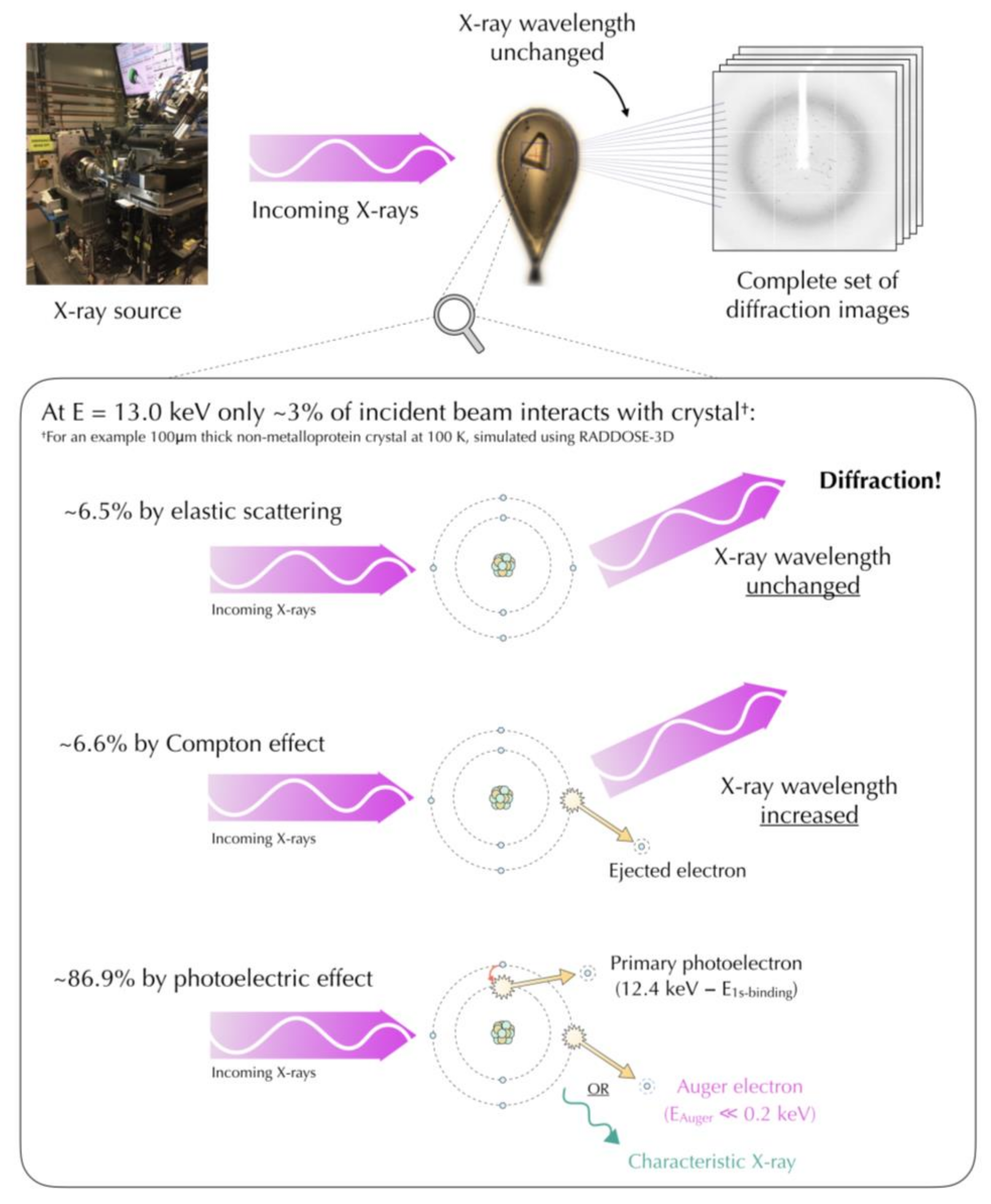
- RADIATION ISLAND CRYSTAL CONVERTER LOCATION LICENSE
- RADIATION ISLAND CRYSTAL CONVERTER LOCATION SERIES
At the final dynode, sufficient electrons are available to produce a pulse of sufficient magnitude for further amplification. The primary signal is multiplied, and this amplification continues through 10 to 12 stages. Each stage is at a higher potential than the previous to provide the accelerating field. Each subsequent dynode impact releases further electrons, so there is a current amplifying effect at each dynode stage. This process occurs in the photomultiplier tube. These secondary electrons are attracted and strike a second dynode releasing more electrons. Using a voltage potential, this group of primary electrons is electrostatically accelerated and focused so that they strike the first dynode with enough energy to release additional electrons. The light created in the scintillator strikes the photocathode of a photomultiplier tube, releasing at most one photoelectron per photon. The quantity is proportional to the energy deposited by the ionizing particle, and the material is said to fluoresce. The excited atoms of the scintillator material de-excite and rapidly emit a photon in the visible (or near-visible) light range. For gamma rays (uncharged), their energy is converted to an energetic electron via either the photoelectric effect, Compton scattering, or pair production. For charged particles, the track is the path of the particle itself. Ionizing radiation enters the scintillator and interacts with the scintillator material, and this causes electrons to be raised to an excited state. Scintillation Counter-Principle of Operation. The operation of scintillation counters is summarized in the following points: Scintillation Counter-Principle of Operation For gamma spectrometry, the most common detectors include sodium iodide (NaI) scintillation counters and high-purity germanium detectors. Therefore, scintillation counters can be used to determine the energy and the number of the exciting particles (or gamma photons). The intensity of the flashes and the amplitude of the output voltage pulse are proportional to the energy of the radiation. These latter attributes result from the extremely short duration of the light flashes, from about 10 -9 (organic scintillators) to 10 -6 (inorganic scintillators) seconds. The advantages of a scintillation counter are its efficiency and possible high precision and counting rates. Hospitals worldwide have gamma cameras based on the scintillation effect therefore, they are also called scintillation cameras. Scintillation counters are widely used in radiation protection, an assay of radioactive materials, and physics research because they can be made inexpensively yet with good efficiency and can measure both the intensity and the energy of incident radiation. These counters are suited to measure the energy of gamma radiation ( gamma spectroscopy) and, therefore, can be used to identify gamma-emitting isotopes. 
The intensity of the flashes is proportional to the energy of the radiation, and this feature is very important.
RADIATION ISLAND CRYSTAL CONVERTER LOCATION SERIES
The basic principle of operation involves the radiation reacting with a scintillator, which produces a series of flashes of varying intensity.

A sensitive photodetector (usually a photomultiplier tube (PMT), a charge-coupled device (CCD) camera, or a photodiode) converts the light to an electrical signal, and electronics process this signal. A scintillator generates photons in response to incident radiation. In general, a scintillation detector consists of: Scintillation occurs in the scintillator, a key part of a scintillation detector. Scintillation is a flash of light produced in a transparent material by passing a particle (an electron, an alpha particle, an ion, or a high-energy photon).
RADIATION ISLAND CRYSTAL CONVERTER LOCATION LICENSE
Source: License CC BY-SA 3.0Ī scintillation counter or scintillation detector is a radiation detector that uses the effect known as scintillation. Apparatus with a scintillating crystal, photomultiplier, and data acquisition components.






 0 kommentar(er)
0 kommentar(er)
